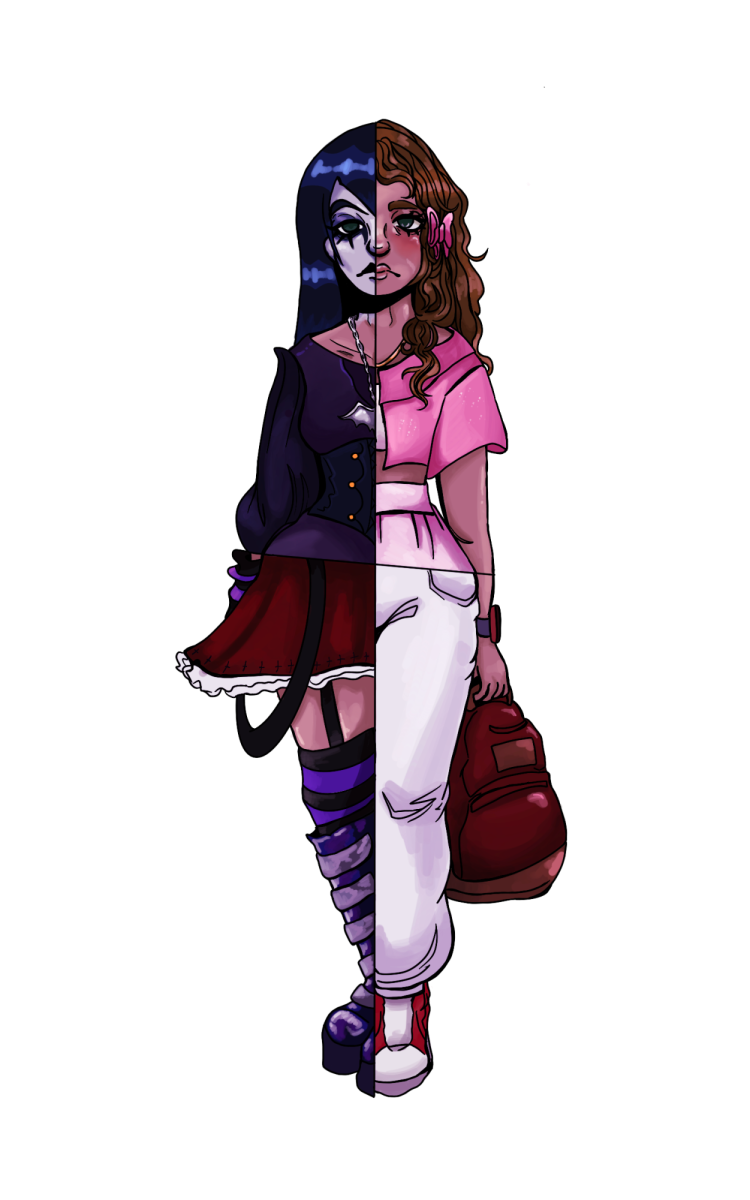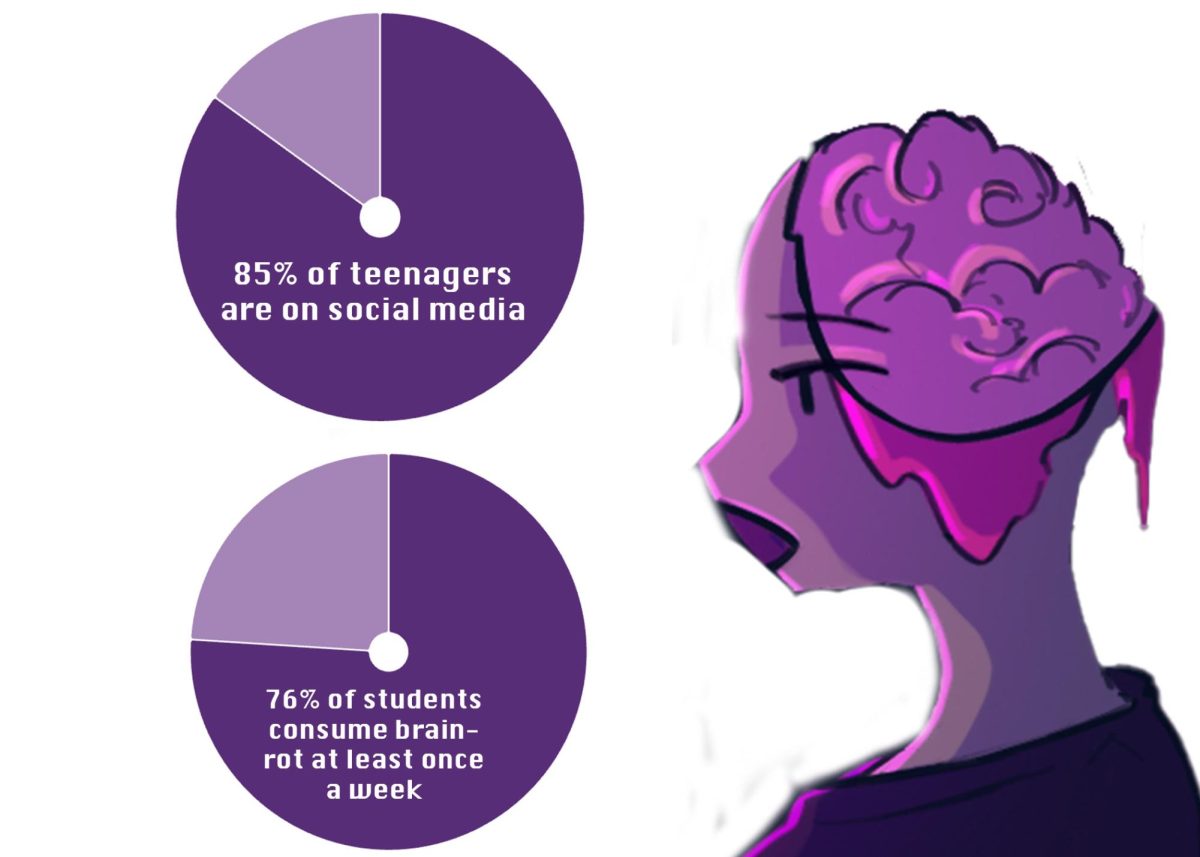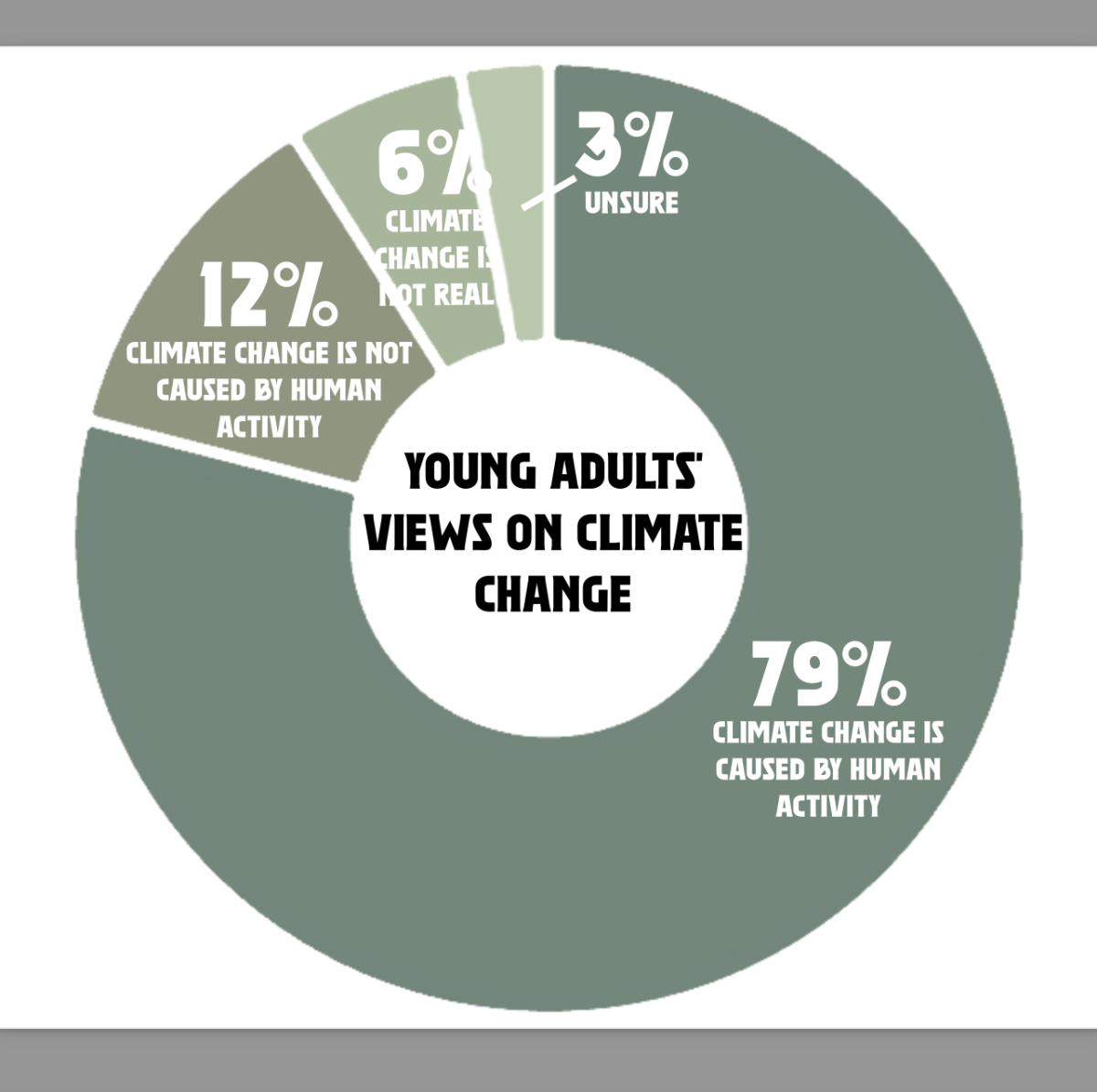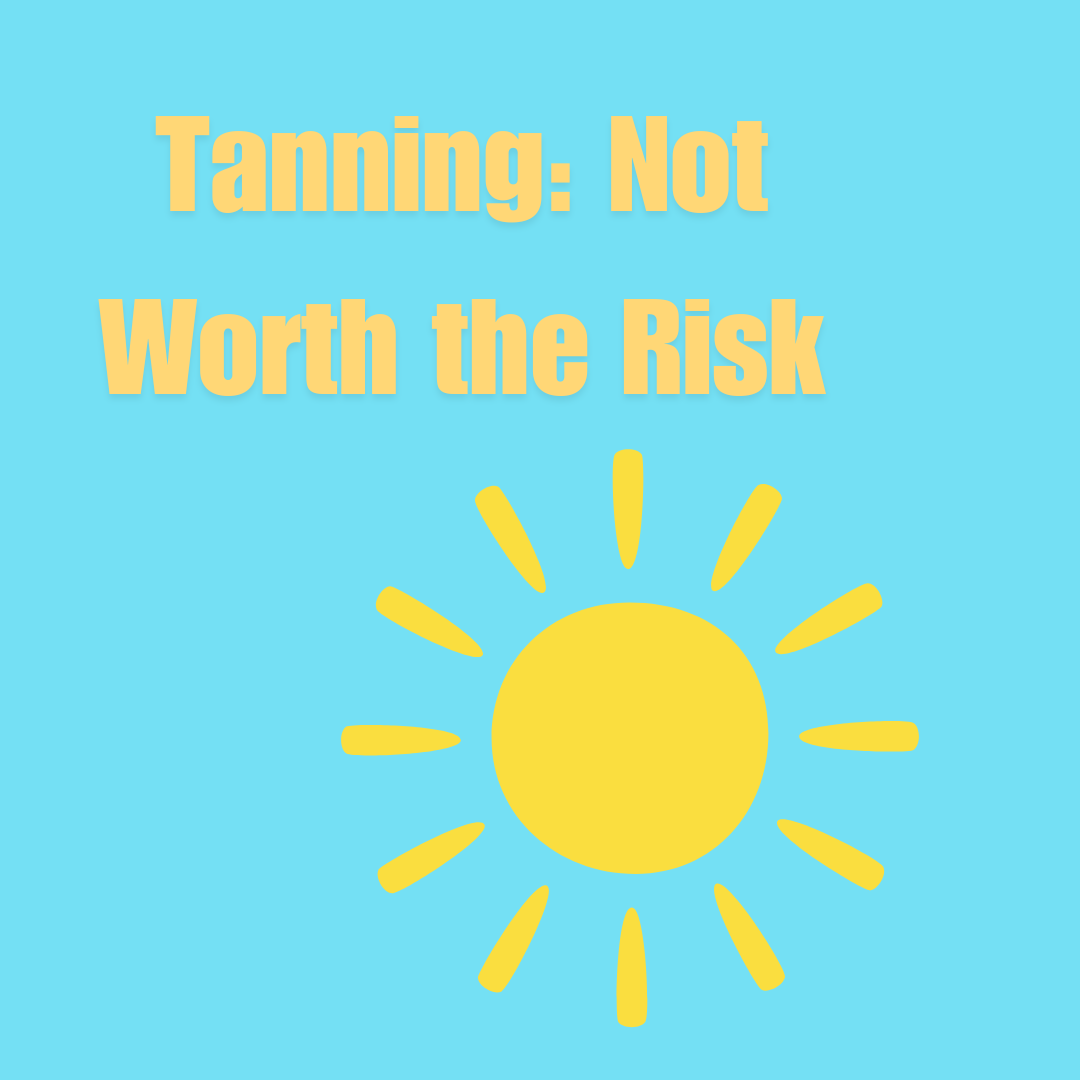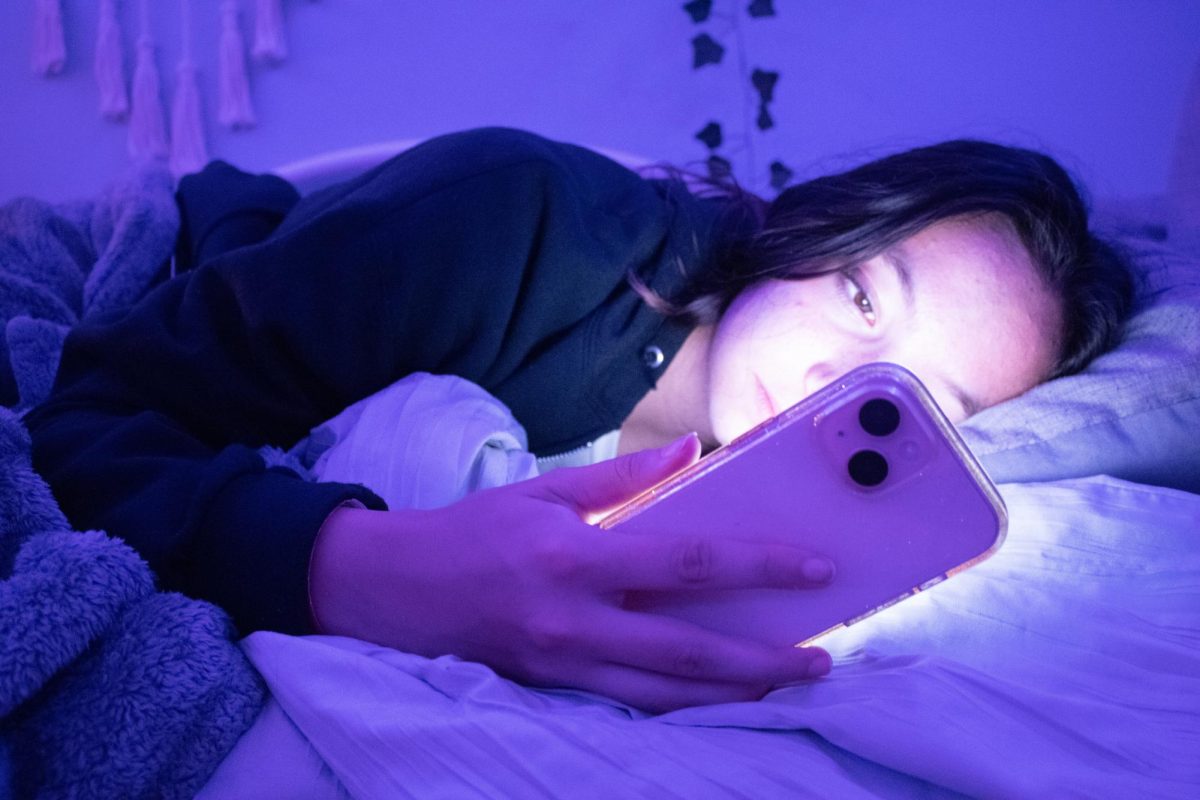Clean girl. Tomato girl. Cinnamon girl. Goth girl. Coquette girl.
These tags are everywhere online, invading your Pinterest feed or your TikTok. Teenage girls around the country are expressing themselves through these aesthetics which raises the question:
Why can’t we just be girls?
Why do we have to organize ourselves into niche categories?
Why can’t we explore a range of styles without labeling ourselves?
Microtrends like the “girl” phenomenon spawn from Tiktok, a trend-producing powerhouse. Microtrends like those pop up quickly and die down just as fast, feeding into fast fashion and confusion.
““The inherently performa-tive nature of microtrends raises the question of whether following these trends erases identity and self-expression or fuels it.” The Harvard Crimson reports. As these trends spawn more and more niche categories, there’s more indecision around where girls position themselves in this digital dress code.
Are you more of a Vanilla girl or a Soft girl? What’s the difference? And what does it even mean?
Some trends are on the edging of absurdity. Imagine trying to understand what an “okokok” or “lalala” girl was without having Tiktok. Emphasis on was.
Though having an abundance of aesthetics and styles can be beneficial to finding what we like, it takes advantage of teenage insecurity. With the constant creation of new boxes to fit into, exhaustion and insecurity run rampant. Additionally, it diminishes the voice of those who enjoy having a diverse closet.
I have a range of styles. One day I’ll wear an oversized grunge-y sweatshirt, cargo pants, and eyeliner. The next day, I’ll wear a fuzzy pink sweater and a jean skirt.
I love dressing up. I love being cohesive. But I don’t love it when a unique style is used for an insult, such as the popularization of negative connotations towards the “Emo” or “Scene” style.
Wearing a black shirt doesn’t make you goth. Wearing leggings and a sweatshirt doesn’t make you basic. Labeling doesn’t get anyone anywhere.
Fashion can say something about our preferences, but it doesn’t define us.
The pressure to conform to trends is alarming. The “Clean girl” look was all about looking as natural as possible, but still, of course, beautiful, perfect, and put together. It celebrates the “no-makeup” makeup look, which in itself is contradictory. To achieve the style, one might want to sport a slick-back bun, which is difficult to achieve for certain hair types. Not everyone can fit the look, and absolutely no one can look effortlessly beautiful all the time.
The Clean girl life also has a pricey lifestyle, and you’ll see it in Tiktoks everywhere- sparkling marble counters and Lululemon jackets thrown on before pilates classes. What average teenager has time to make acai smoothie bowls and practice mindful meditation with goal setting on a school morning?
Fashion does not have and should not have limits. It should not interfere with how we view others.
By labeling ourselves with trends that will wither away sooner or later, what do we have left to hold on to?
Wear what you want to wear, and see people beyond the scope of their clothes.



